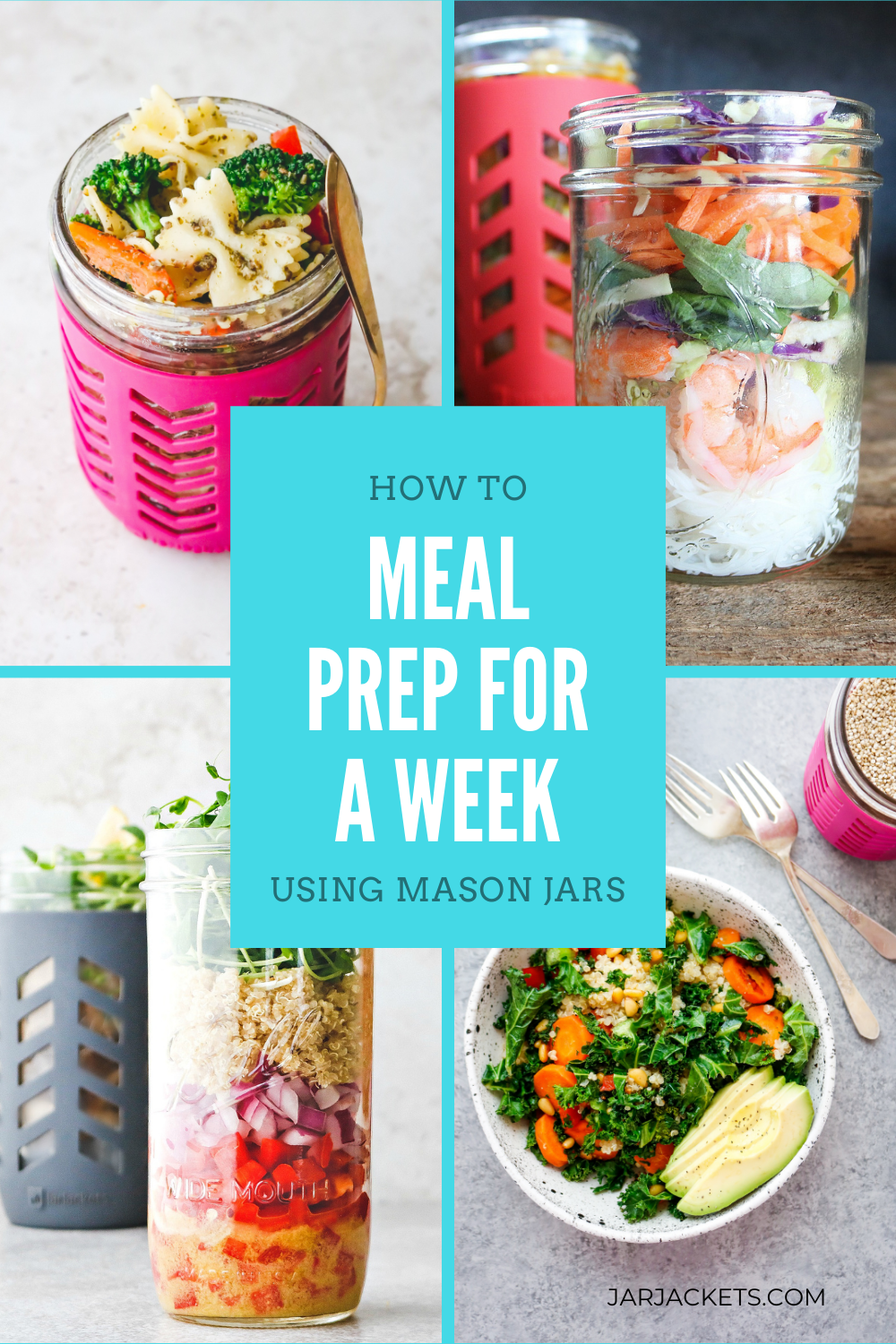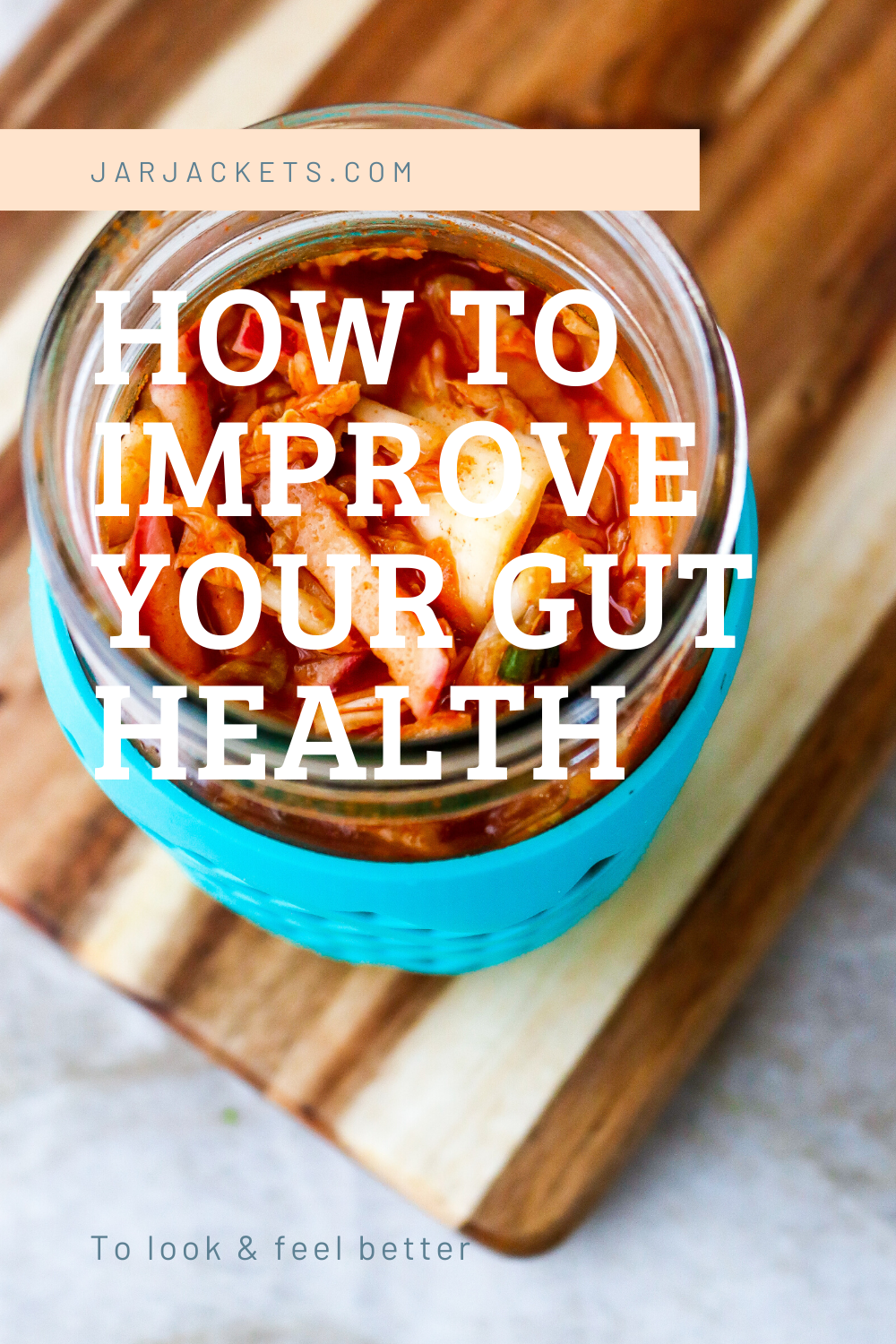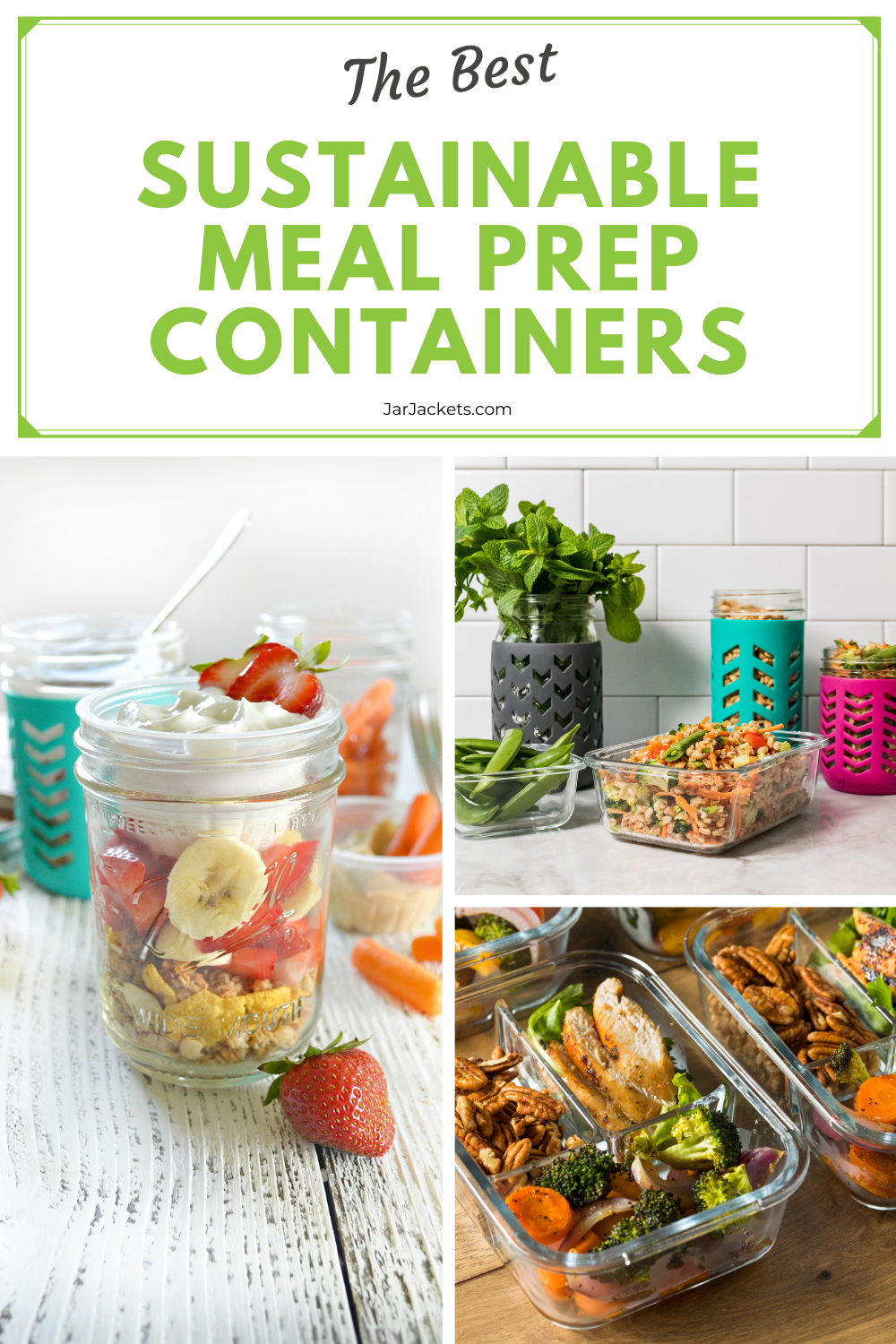Your Cart is Empty
FREE SHIPPING (US ONLY) ON ORDERS OVER $20
FREE SHIPPING (US ONLY) ON ORDERS OVER $20
May 04, 2017 3 min read

Before my daughter was born I never gave a second thought to what ingredients were in my sunscreen. I generally looked for the brand with the highest SPF, at the most reasonable cost – Period, end of story. But when my daughter was born I began to take a closer look. As parents today we're taught to be on the lookout for the mile-long list of toxins that, let's face it, we probably never knew existed before we had kids. And as I began to educate myself on all the harmful chemicals that are commonly found in sunscreens (e.g. Oxybenzone, Parabens, Phthalates, Polyethylene glycols, Propylene Glycol, SLS/SLES, etc.) I had some concerns.
For the record, The Skin Cancer Foundation's official position is that "oxybenzone and retinyl palmitate, are safe and effective when used as directed". However, the Environmental Working Group (EWG) disagrees cites laboratory studies that "indicate that some chemical UV filters may mimic hormones, and physicians report sunscreen-related skin allergies, which raises important questions about unintended human health consequences from frequent sunscreen application." They also point out that the FDA hasn't reviewed evidence of potential hazards of sunscreen filters since the 1970's however the Danish EPA recently concluded that there was not sufficient information to rule out the possibility that many of these ingredients may cause cancer.
For me, even the chance that these ingredients may interfere with hormone production and/or cause skin irritation are enough of a concern for me to seek an alternative. Especially since she already suffers from skin allergies and occasional bouts of eczema. Why risk it?
For some background, it's helpful to understand how sunscreens work. In a nutshell, instead of using organic and inorganic chemicals to prevent the sun's rays from penetrating the skin (like chemical sunscreens), natural mineral-based sunscreens use zinc oxide or titanium dioxide to reflect or scatter the rays to prevent them from reaching the skin. The main difference here is that mineral-based sunscreens do not penetrate the skin and are stable in the presence of sunlight.
The problem, as I soon found out, is that mineral-based sunscreen can be considerably more expensive than traditional chemical sunscreens. Also, just because it's mineral-based doesn't mean you don't have to pay attention to the ingredients.
For instance, the EWG also points out that zinc oxide is a better choice than titanium oxide. They also explain the difference between nano and non-nano particles which I won't go into here but suffice it to say that although I'm not personally concerned with nano particles based on what I've read, if you have any concern at all just err on the side of non-nano zinc oxide.
In addition I've discovered that many sunscreen manufactures add vitamin A (typically labeled retinyl palminate) to their sunscreens which the EWG also warns against.
"The sunscreen industry adds a form of vitamin A to nearly one-quarter of all sunscreens. Retinyl palmitate is an anti-oxidant that slows skin aging. But federal studies indicate that it may speed the development of skin tumors and lesions when applied to skin in the presence of sunlight."
So with all of this scary information out there, what's a mom to do? Well, luckily I recently discovered a simple solution: I make my own. Not only is it saving me a boatload of money but I can also be certain that I am comfortable with the ingredients and formulation. I know what you're thinking... that sounds WAY over your head, right? Honestly it was much easier than I thought. All of the ingredients are easily sourced online (I purchased all of mine on Amazon).
I encourage you to do your own research at talk to your doctor before making any decisions for yourself. However, if you do decide to make your own a few helpful tips I've found are as follows:
The ratio of zinc oxide weight to the lotion will roughly determine the level of protection.
For example:
PLEASE NOTE: I have not independently tested the SPF factor in this recipe however based on the guidelines above the approximate SPF is 15.
Also a word of caution on essential oils. Not all essential oils are safe for use in the sun. Do your research and if you are at all unsure if an EO is phototoxic/photosensitive please err on the side of caution and omit.
And remember no sunscreens are yet proven safe (and are therefore not recommended) for babies or young children.
Products featured in this post
Comments will be approved before showing up.

April 26, 2025 6 min read
We all like the idea of making our families healthy meals, saving money and doing our part to cut down on waste.
But we also like the idea of getting a good night’s sleep, not having a huge mess to clean up in the kitchen after dinner and — just maybe — having time to watch a bit of Netflix or read a book.

April 16, 2025 4 min read

April 09, 2025 2 min read